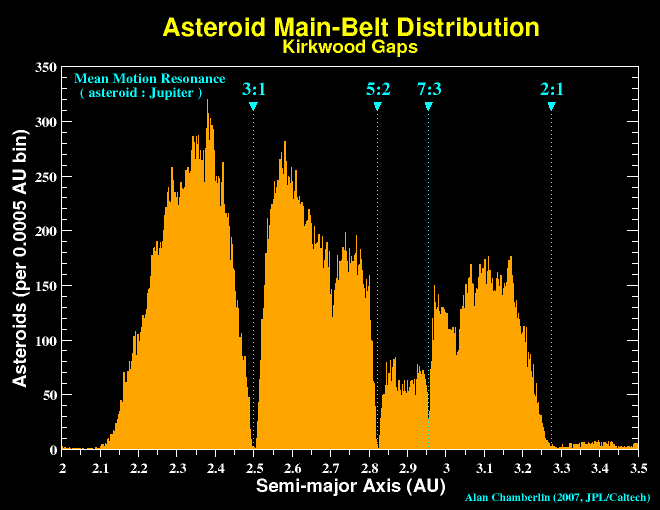danielravennest
Well-known member
- Joined
- Sep 21, 2018
- Messages
- 3,708
- SLU Posts
- 9073
Funny you should ask, since I've been working on two books on the subject:How many people do you need to build solar powered mining machines at any scale?
How many people do you need to build the solar cells?
How many people do you need to mine the dopants to build the solar cells?
A colony that's going to survive long term even with care packages from Earth is going to need to be pretty big. None of this Lost In Space Robinson Family stuff.
* Seed Factories and Self-Improving Systems
* Space Systems Engineering
Obviously the first batch of equipment on Mars has to come entirely from elsewhere. Space-grade solar panels will produce around 45W/kg on Mars. That's due to a combination of distance from the Sun and a dusty atmosphere. The Starship rocket can nominally deliver 100 tons to Mars. So if it carried only solar panels, that would be 4.5 MW capacity, more than enough to recharge a compact tractor-sized electric machine. Their theoretical mission plan was 6 ships to Mars - two carrying people, and four carrying cargo. Some fraction of that would be solar panels and some number of "Kilopower" 10 kW reactors. Those would run at night and during dust storms as backup power.
Beyond finished equipment you bring from Earth, you bring a "seed factory", the first book's subject. This is a starter set of tools and equipment, like lathes, milling machines, hydraulic presses, and the like. They are used to make parts for additional machines. Mars has metallic meteorites sitting on the surface. Our various rovers have driven past them. There are probably more buried under the sand and dust, which can be found with metal detectors or ground-penetrating radar. They come from the Asteroid Belt, which Mars skims the inner edge of. Their typical composition is 90% iron, 9% nickel, and 1% cobalt. Mars also has a CO2 atmosphere. If you combine carbon with an iron alloy you get steel. So that's your feedstock for the seed factory.
Over time your expanding factory can start to work with other materials besides steel. At any point, your factory can't make every kind of material or product. Whatever you can't make locally still has to come from Earth. But that will be a declining percentage with time. The basic frame of your second generation mining machines can be made from local steel, for example. That's most of their weight. The batteries would still come from Earth, along with the ingredients for specialty alloys for cutting teeth, which your basic steel isn't adequate for. Electronics might never be made locally. They don't weigh much, and are mass-produced here on Earth. The choice of what to make locally vs imported will change over time.
Furnaces are generically useful for all kinds of industrial and chemical processes. Metal doesn't rust on Mars, those meteorites are still shiny after who knows how long. So you can make solar furnaces using sheet metal for concentrating mirrors. If you feel like it you can coat them with an evaporated layer of aluminum to increase reflection. So you can delay making solar cells locally for a while. Extracting silicon from rock is very energy intensive. Dopants are a vanishingly small fraction of solar cells by weight. You can just import those.
If you can colonize Mars, you can also mine asteroids. There are several different kinds with different compositions, which are also different than Martian geology. That gives you a wider range of ores, and therefore more possible products to make. Being in an orbit away from Mars means no night or dust blocking sunlight. So your productivity will be higher. So it is likely you will import stuff from asteroids as well as Earth.
None of this is new. Colonists coming to the Americas also had to import stuff for a while until they could set up local production. Then later colonists moving westward across the US had to import from the east coast or even back from Europe until they could set up shop locally. We have fallen out of the habit of thinking about setting up shop in a brand new place. Transportation is so easy these days, we regularly import things from halfway around the world. But we know how to bootstrap if necessary.


























